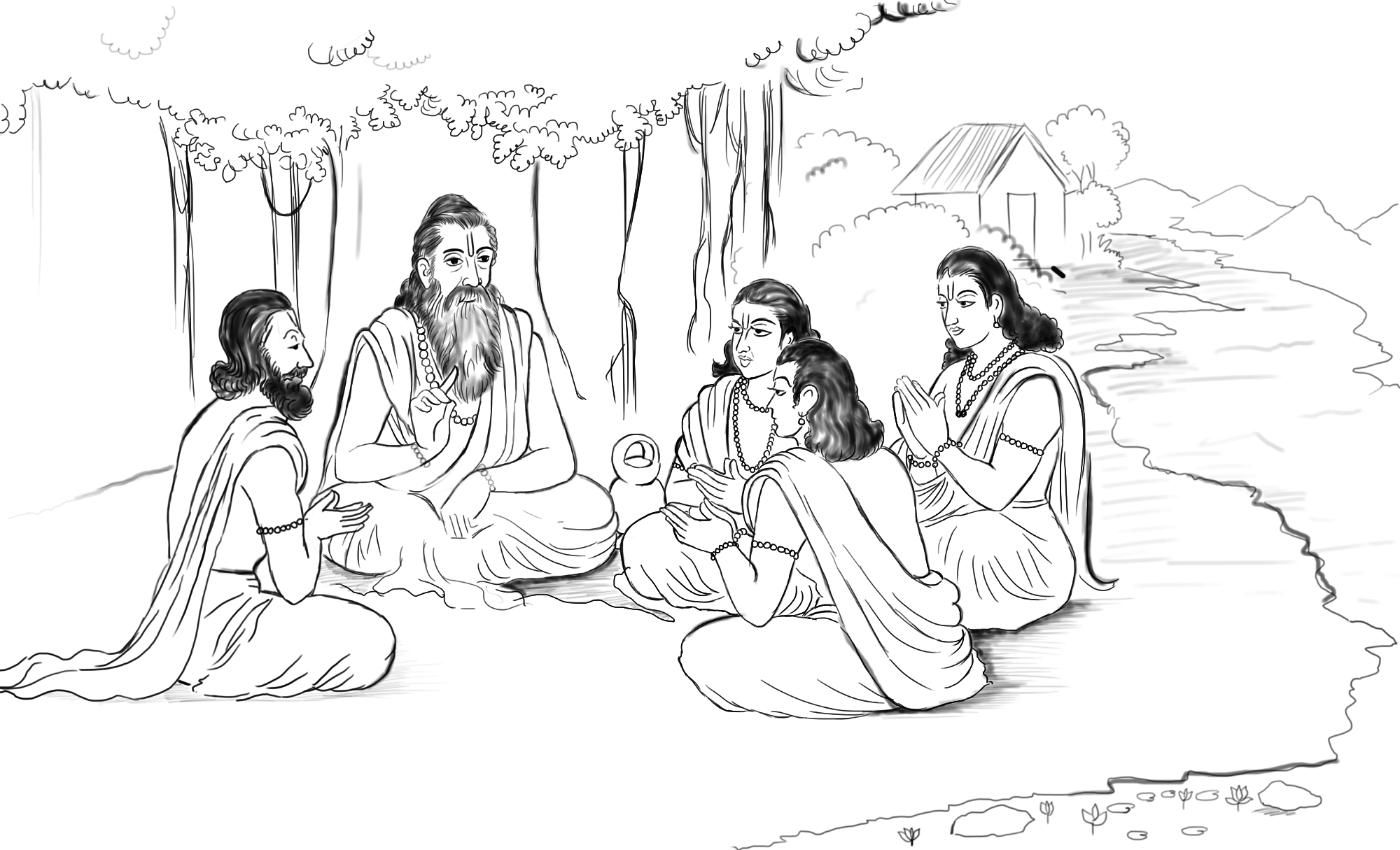Samavartana (समावर्तन) Samskara - the celebration of cognitive activities
According to Vedic and Upanishadic philosophy, human life resembles the divine and is worth celebrating. There is a well-defined purpose of human life known as Purusarth (पुरुषार्थ) in the form of Dharma (धर्म), Artha (अर्थ), Kama (काम), and moksha (मोक्ष). There is no despair, hopelessness and pessimism in human life if the Purusarth and four Ashram (आश्रम) are practised diligently.
Our ancient scriptures prescribe few Samskara (संस्कार) to celebrate the various stages in life and mark the passing of that stage. That's the reason these samskaras are also referred to as "passage rites". The rituals associated with samskaras have a spiritual, cultural and psychological purpose. It is either a process of welcoming an individual into a stage of life or declaring the successful completion of that stage. During this ritual, the individual was made aware of the privileges and duties of the upcoming stage. There are total 40 samskaras mentioned in Gautama Dharmasutra and 16 samskara mentioned in Grihyasutra.
Samvartana (समावर्तन) is one of the relevant but lesser-known samskaras compared to commonly known like Upanayan(उपनयन) Anna prasann (अन्नप्राशन), Paani Grahan (पाणिग्रहण) samskaras. Samavartan was solemnised to announce the end of the Brahmacharya ashram and formal education. This Samskara celebrates the acquisition of Knowledge, signifying the importance of Gyan marg. The ritual of Samavartan involves the ceremonial bath by the student (snatak snaan) followed by the guru asking for his Guru Dakshina. After the samavartan Samskara, the snatak was eligible to start the grihastha ashram. Returning to once parents home from Gurukul and entering into Grihastha Ashram followed immediately for some, and for few, it followed after Some time.
A person who took the ceremonial bath was called a Snatak ( स्नातक). Snatak also symbolised the one who has bathed in Knowledge. There were three categories of snataka.
Vrata snataka (व्रत स्नातक) is one who has observed the brahmacharya vrata by proper rule but has not completed the study of Veda.
Vidya snataka ( विद्या स्नातक) is one who has completed the study of Veda but has not fully observed the rules of brahmacharya.
Vidya vrata snataka ( विद्या व्रत स्नातक) is one who has strictly observed the rules of brahmacharya and completed his study of Veda.
The last category of Vidya vrata snatak is the highest form of snatak.
The Samavartana ceremony was celebrated in the presence of teachers, other students and guests invited by the teacher. Once the stage was set, the teacher would recite the Snatak Dharma during the ceremony. Snatak Dharma was the set of principles the snatak needed to follow in his life.
The present-day convocation ceremony after graduation or doctorate derives its origin from Vedic society. Although we are celebrating the modern-day convocation, the significance of Snatak Dharma seems to be diluted. Snatak Dharma (values and ethics to be followed in the profession or personal life) must be eulogised and emphasised in the modern convocation ceremony and practised by the graduating student for a sustainable and harmonious personal and professional life.
Among the few scriptures where samavartan and snatak Dharma are mentioned and described, One example worth sharing is from Taitirrya Upanishad (11 th anuvaka of sikha valli) . In this verse, the teachers instruct the snatak to follow self-care and pursue Dharma, Artha and Kama to the best of their understanding and capabilities. One Part of the snatak Dharma referred as śiṣyānuśāsanam (शिष्यानुशासनम् )in section 1.11.1 of Taittriya Upanishad says -
Never err from Truth,
Never err from Dharma,
Never neglect your well-being,
Never neglect your health,
Never neglect your prosperity,
Never neglect Svādhyāya (स्वाध्याय- the study of oneself and study of Vedas on our own) and Pravacana (प्रवचन of Vedas).
— Taittirĩya Upanishad, I.11.1
Samskaras are outward symbols of inner change also aiming at teaching virtues. Samskaras, in the Hindu tradition, is means and not an end. It's a means to progress and perfect the human journey of life towards the final goal.
